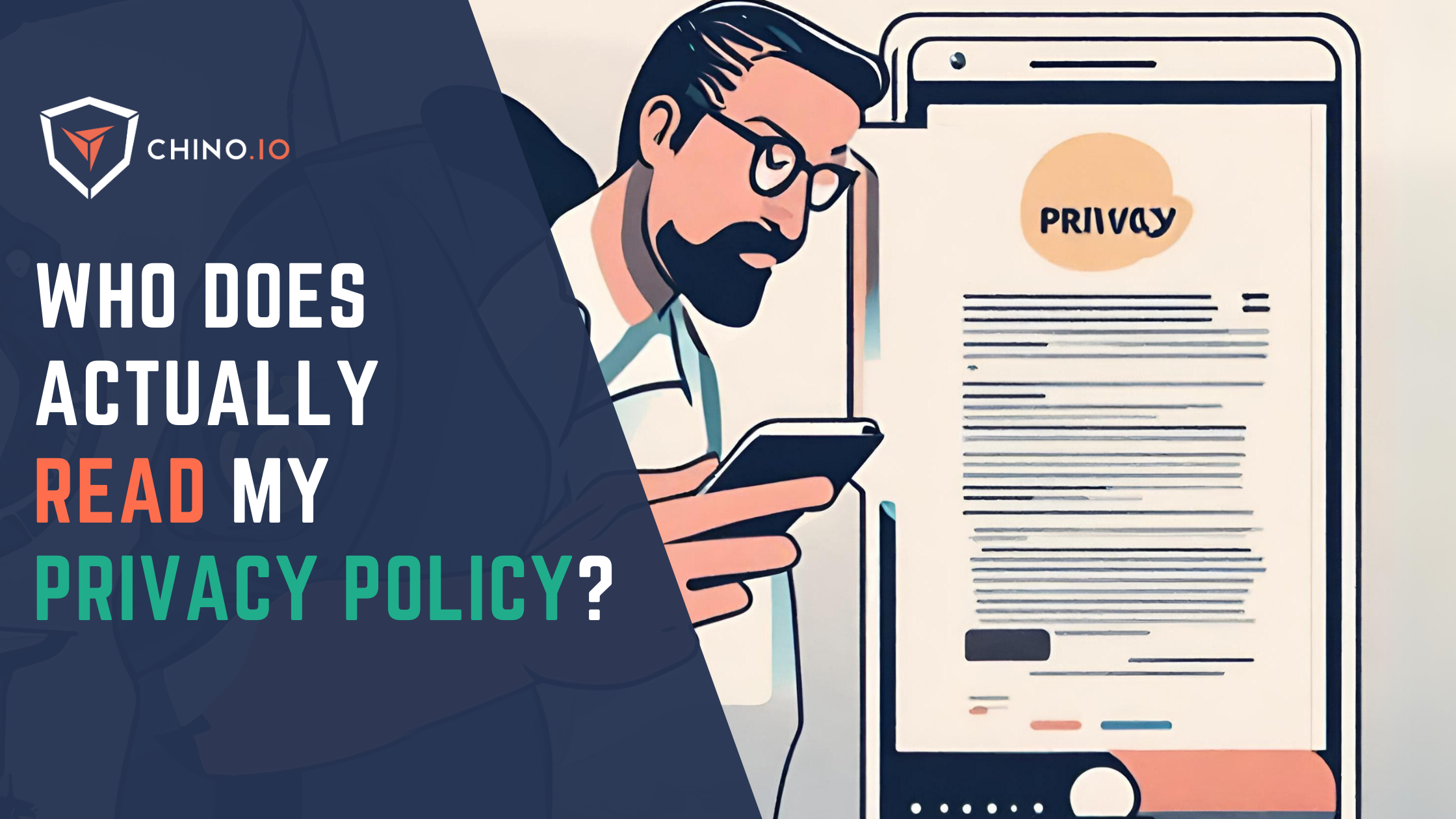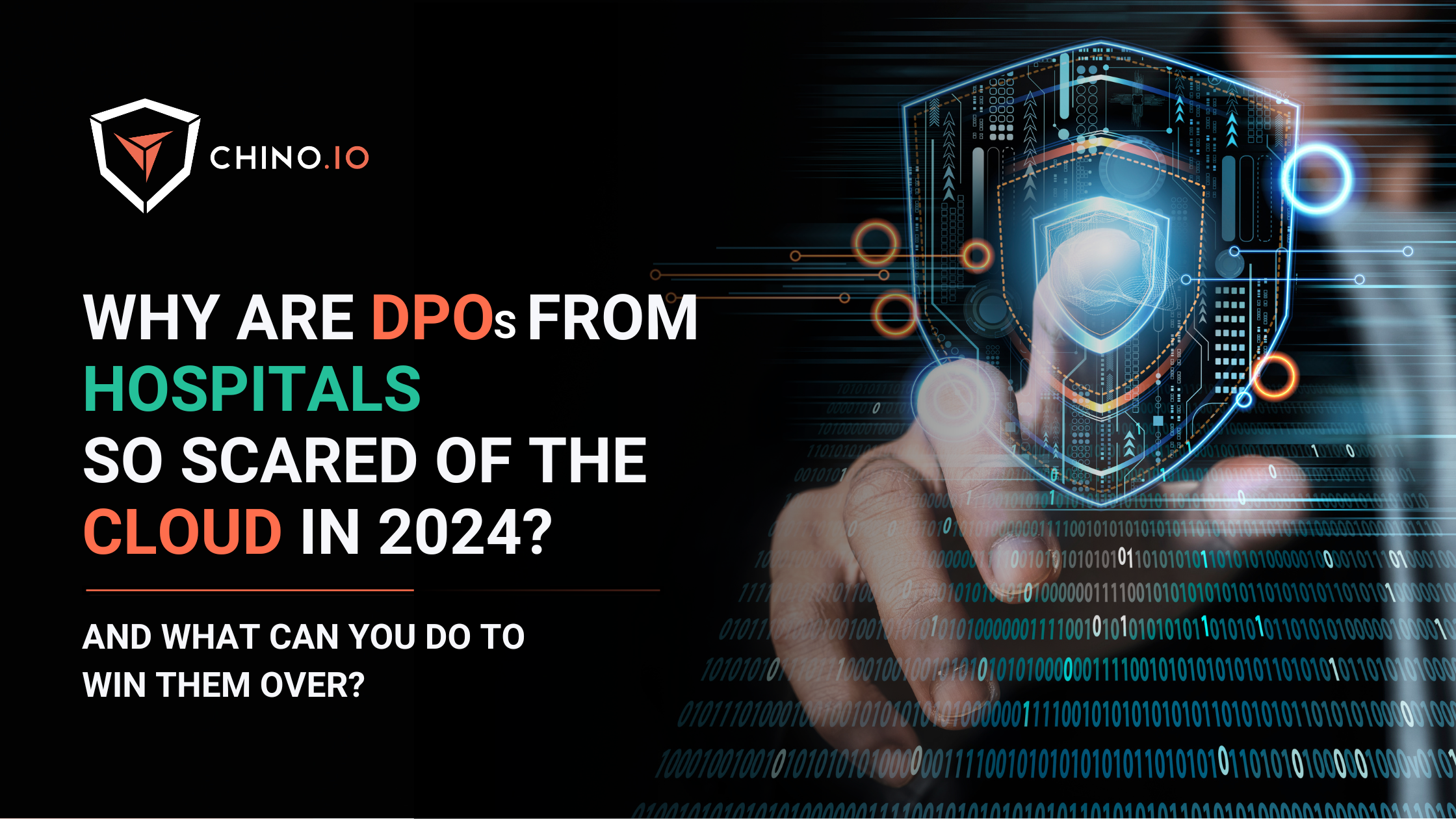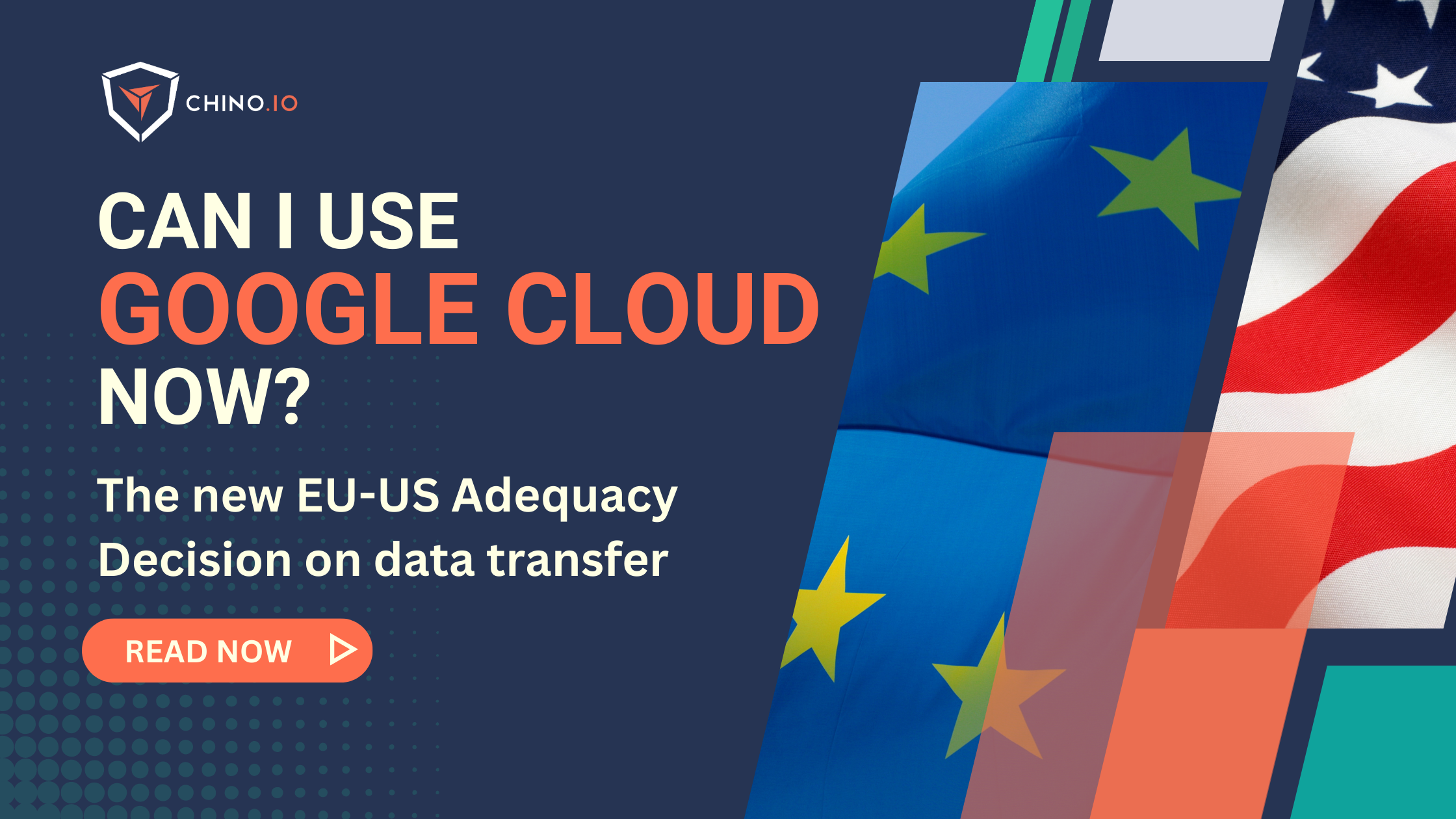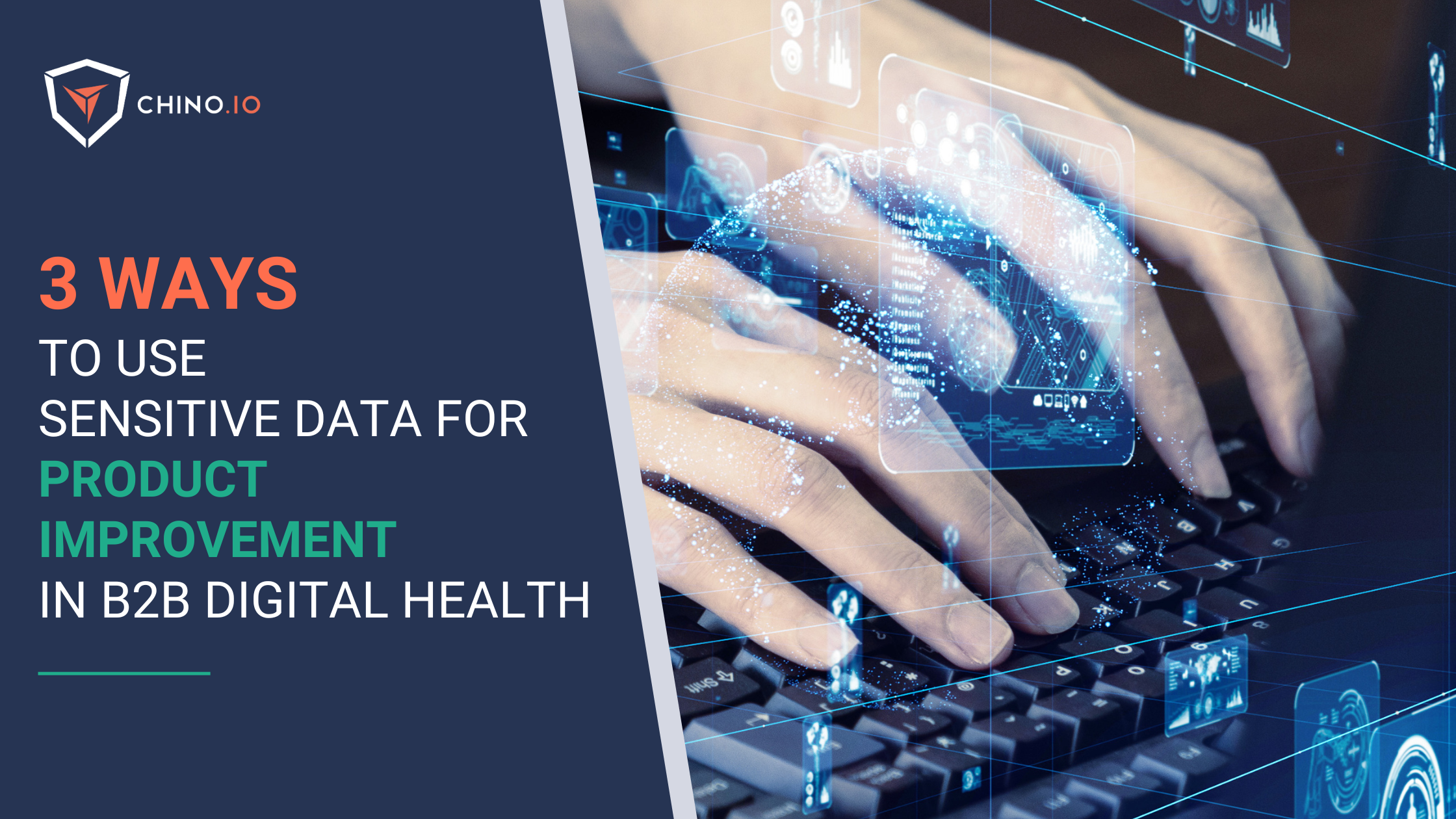The short answer (SPOILER ALERT): it's a continuous process and you can never be 100% there.
GDPR is all about accountability and proving that you are doing your best.
So the right question here is: is there a sufficient level of compliance?
This is a question that entrepreneurs ask me when they face the world of data privacy for the first time, particularly when they develop products handling sensitive data.
When it comes to GDPR, the biggest misconception is that compliance is a one-off project and that once you have checked all the boxes, you don’t have to worry about it anymore.
This is the reason why GDPR compliance is a continuous and dynamic process that needs to be reviewed and updated regularly.
Even though there is no set finish line, there are still critical milestones that everyone should focus on in order to ensure a base level of compliance.
When selling in the B2B space or applying for reimbursement schemes in healthcare, getting certified under ISO or other schemes that evaluate cybersecurity measures will help you demonstrate to partners, customers, and authorities that you have taken into account data protection. Yet, at the moment, there is still no general GDPR certification for compliance that will help you pass all tests.
Why do I need GDPR compliance?
The game has become tougher in the last few years: partners and auditors have become increasingly demanding, realising the importance of privacy and data protection. Furthermore, the European Data Protection Authorities steadily enforce the regulation in every Member State.
The truth is simple: compliance has become a crucial aspect of doing business today, and customers and investors care about it.
So, whether you're a B2B startup aiming to secure partnerships or a tech company handling sensitive user data, ensuring compliance with data privacy and security regulations has become a non-negotiable requirement - and actually a permission-to-play requirement!
When that time comes, you will need to give the right answers to sign that deal (and sometimes these can be a game-changer for your business).
Providing proof of your expertise and compliance readiness will strengthen your reputation and position your brand as a trustworthy partner for them.
If you don’t have your compliance set up right… You may have trouble closing deals and meeting investors’ expectations!
Today, it is commonplace that in Vendor Risk Assessments, you are not only asked to provide your certifications and risk assessments but also proof that proper security and privacy measures are in place.
This means you may need to go beyond just ticking off items on a checklist.

Can a simple checklist make me compliant?
Checklists are undoubtedly useful tools for organising and keeping track of your tasks. They help you ensure that essential compliance steps are not overlooked, and they help you realise where to focus your effort for GDPR compliance.
If you are at this stage, check out our templates for GDPR for Startups here.
We recently helped a B2B startup close a deal with a major pharmaceutical company and to pass a vendor risk assessment where they were required to provide samples of their audit logs to check for data minimisation and traceability. As you can see, a checklist will help you to prove your compliance, but it won’t make you compliant.
Remember that checklists are not written in detail and do not provide as much information as your customer/partners need.) In other words, it will not provide the clarity your stakeholders (and your own team) need.
➡️ Proving Compliance vs. Being Compliant: A checklist can help demonstrate that you've considered compliance measures, but it won't magically make your startup fully compliant. In the example of the B2B startup closing a deal with a major pharmaceutical company, providing samples of audit logs was essential. This proved they had data minimisation and traceability in place. However, a single measure alone cannot guarantee a company's overall compliance. Your startup must be genuinely compliant, not just in appearance.
➡️ Lack of Clarity and Granularity: Checklists are often concise and may not provide the level of detail required to meet the intricate demands of compliance standards. GDPR rules are often enriched with guidelines, provisions, and sanctions by Data Protection Authorities, which further detail and help experts understand what is needed to satisfy data protection requirements, outlining the specific expectations from your systems and processes. A checklist cannot replace a comprehensive understanding of these requirements.
Anyway, checklists are a great starting point to check how you are dealing with GDPR compliance.
DOWNLOAD NOW
Other things you can do to start compliance - Where to start
So, you are filling out your GDPR checklist to get an overview of what you need to do. At this point, we suggest you check out these actions:

How do I reach an adequate level of compliance?
From the regulation point of view, it is almost impossible to reach full GDPR compliance (this is because it is a continuous and dynamic process that needs to be reviewed and updated regularly).
So the right question here is: what is the sufficient level of compliance?
Here’s what we recommend aiming for when getting started with GDPR.
🔎 Draft and keep an updated Record of the Processing Activities (RoPA)
- A RoPA provides a comprehensive and detailed overview of the data processing activities. It includes information such as the purposes of processing, the categories of data subjects and personal data processed, the data recipients, data retention periods, and details about any international data transfers.
- Maintaining a RoPA enhances transparency regarding how personal data is handled within an organisation.
- Creating and maintaining a RoPA promotes internal awareness and governance. It ensures that relevant stakeholders within the organization are aware of the scope and details of data processing activities.
- It facilitates identifying and assessing potential privacy risks associated with data processing. This information can be used to implement appropriate safeguards, security measures, and risk mitigation strategies to protect the rights and freedoms of data subjects.
- This serves as a foundational document for conducting DPIAs and Privacy Policies by providing essential information about data processing operations.
- Regulatory authorities can request access to your RoPA during GDPR audits or investigations.
- Having a well-maintained RoPA facilitates your ability to respond to regulatory inquiries.
We have just released our free template for RopA. Make sure to check it out!

🔎 Draft a Privacy Policy for your services.
A Privacy Policy is your primary tool for providing clear and accessible information to individuals about how their personal data is collected, processed, and used;
- A clear and comprehensive Privacy Policy is an opportunity for companies to communicate their commitment to data security and the measures they have implemented to protect personal data. Overall, it contributes to building trust with users and customers. When individuals have a better understanding of how their data is handled, they are more likely to trust the organisation with their personal information.
If you are looking for a template to start your Privacy Policy, make sure to check out this!

🔎 Collect all Data Processing Agreements(DPAs) with your service providers
DPAs ensure that both Data Controllers and Data Processors understand their responsibilities regarding the processing of personal data and are committed to fulfilling them, which is crucial in case of regulatory audits or investigations.
- By having clear DPAs in place, the risks associated with data processing are better managed. For example, In the event of a data breach or other compliance issue, having a well-documented agreement can help you demonstrate that the parties took appropriate measures to protect personal data and fulfil their obligations.
🔎 Perform and sign a Data Protection Impact Assessment (DPIA)
- Conducting a DPIA is a requirement under GDPR, particularly when processing activities are likely to result in a high risk to the rights and freedoms of individuals.
- It allows you to identify and assess risks associated with data processing activities. By understanding these risks, you can implement measures to mitigate them, thereby protecting individuals' privacy and complying with GDPR.
- Conducting DPIAs demonstrates your commitment to accountability and responsible data processing. It provides evidence that you have considered the impact of its activities on privacy and has taken steps to address potential risks.
- As demonstrated through the DPIA process, engaging in transparent and privacy-conscious practices helps build trust with individuals, customers, and stakeholders. It shows that you are actively working to protect privacy rights.
In the end...
If you have made it until this point, I hope you have a clearer idea of what is the sufficient level of compliance you must reach before starting selling.
The bottom line, it’s not about reaching full GDPR compliance but realising the risks that your data processing may have on your users’ privacy and taking all the measures required to bring the probability that something bad happens down to 0.
Otherwise, you will become a real danger to your partners and customers - and this can lead to losing deals and business opportunities that may help you to continue your business.
This is why compliance is not only about ticking boxes; it's about taking concrete action (at a company and tech level) to protect your customers’ personal and sensitive data.
An Excel checklist is an incredible starting point but not the definitive tool (or action) when speaking about being compliant.
Over the last few years, we've put together our experience in the GDPR field and created a few core GDPR templates and checklists that could help you cover the basics for FREE.
At Chino.io, we believe that all companies that want to do things right should have the right tools and information to do so.
So, we hope this helps get you started on GDPR.
We have our first batch of templates already available, together with a guide to get started on GDPR for startups.
We’ll release more templates and material over the next months - stay tuned! (or subscribe to our newsletter 🙂).
Looking at how to deal with GDPR and legal requirements? Chino.io, your trusted partner.
Working with experts can reduce time-to-market and technical debt and ensure a clear roadmap you can showcase to partners and investors.
At Chino.io, we have been combining our technological and legal expertise to help hundreds of companies like yours navigate through EU and US regulatory frameworks, enabling successful launches and reimbursement approvals.
We offer tailored solutions to support you in meeting the GDPR, AI-Act, HIPAA, DVG, or DTAC mandated for listing your product as DTx or DiGA.
Want to know how we can help you? Reach out to us and learn more.







